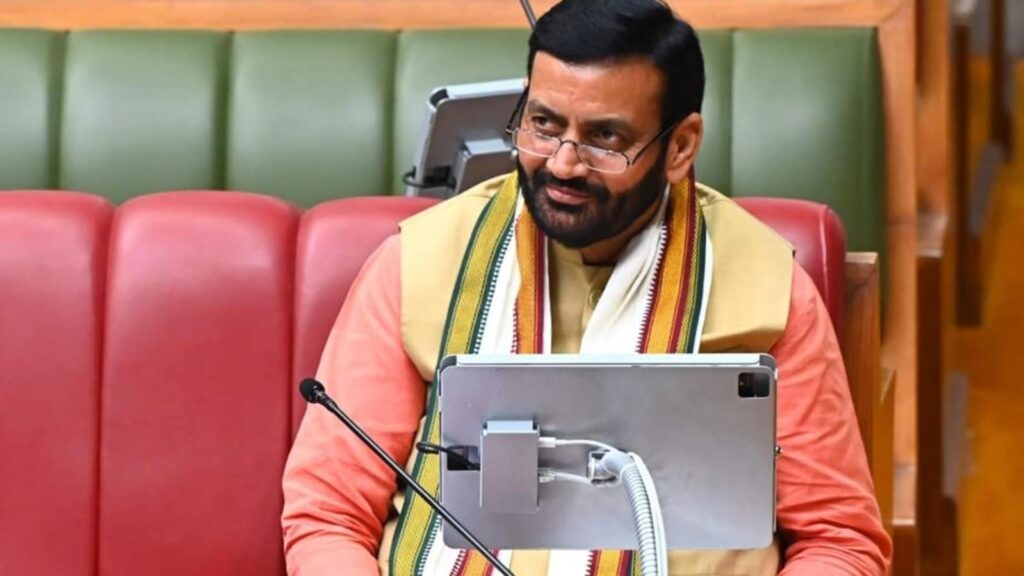The BJP’s ability to seize the narrative is matchless in Indian politics. The change of guard in Haryana too must be viewed in this context. With assembly elections due later this year, the party, after two consecutive terms in office, expects some anti-incumbency. However, it hopes that Prime Minister (PM) Narendra Modi’s popularity will provide the necessary momentum to sweep all 10 Lok Sabha seats in the state, as it did in 2019 with a 58% vote share. So, this, perhaps, is the right moment for the party to rejig its Cabinet in Haryana and control the narrative.
At the outset, the replacement of Manohar Lal Khattar with Nayab Singh Saini has been forced by the BJP’s need to discard an over-ambitious and demanding ally, the Jannayak Janata Party (JJP), which won 15% of the votes in 2019 assembly polls. Having succeeded in winning over independents, the BJP seems assured of staying in office till the elections. Moreover, the BJP expects the Jat-dominated JJP to wean away a section of the community vote from the Congress, and thereby dent the latter’s prospects. The JJP will also share the burden of anti-incumbency and the fallout of events including farmers’ unrest, communal violence in Nuh and tensions among the wrestlers.
By getting rid of the JJP and replacing its CM for nine years, Khattar, the BJP has sought to sweep aside anti-incumbency. Saini’s OBC credentials may help the party blunt the Congress’s OBC thrust and even consolidate non-Jats and OBCs in the BJP’s favour: Saini is only the second person from an OBC community to be the CM since Haryana’s formation in 1966. Changing the CM to duck anti-incumbency is a tactic the BJP has successfully tried in many states in recent times. In Gujarat, Tripura and Uttarakhand, it replaced the CM ahead of assembly elections whereas in Madhya Pradesh, Rajasthan, and Chhattisgarh, it opted not to project old faces.
Khattar himself was a beneficiary of the BJP’s strategy to disrupt set narratives and force a churn in the polity. Khattar’s elevation to high office was unconventional: He was an outsider to Haryana’s political traditions and did not belong to any traditional ruling caste or family. Whether Khattar’s rise has radically altered the rules of politics in Haryana is anybody’s guess. Caste and kinship do matter in Haryana despite the BJP’s best efforts to rewire the polity as per the template of Hindutva and privilege the leadership of PM Modi over state leaders. The transition, then, will test the BJP’s ability to be in control of the narrative and stay ahead of its rivals in the political game.
Continue reading with HT Premium Subscription
Daily E Paper I Premium Articles I Brunch E Magazine I Daily Infographics


